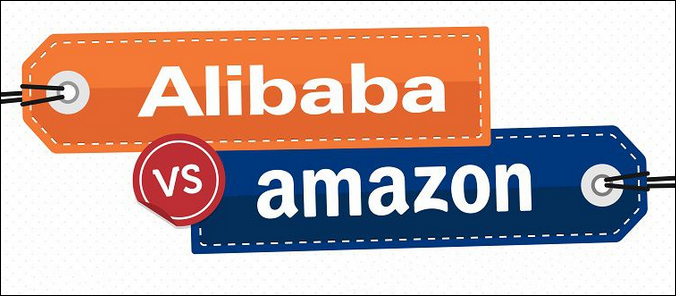In the world of e-commerce, two giants dominate the landscape: Amazon and Alibaba. While both platforms offer a wide range of products and services, they operate on different business models and cater to different markets. In this blog post, we’ll explore the key features, strengths, and weaknesses of each platform to help you understand their unique positions in the global e-commerce ecosystem.
Overview of Amazon and Alibaba
Amazon was founded in 1994 by Jeff Bezos in Seattle, Washington. Initially starting as an online bookstore, it has evolved into one of the largest e-commerce platforms globally, offering everything from electronics to groceries. Amazon operates primarily in North America and Europe, focusing on retail sales, subscription services (like Amazon Prime), and cloud computing through Amazon Web Services (AWS).
Alibaba, founded in 1999 by Jack Ma in Hangzhou, China, operates as a conglomerate of e-commerce businesses. It includes platforms like Taobao and Tmall, which focus on consumer-to-consumer (C2C) and business-to-consumer (B2C) sales, respectively. Alibaba also has a significant presence in business-to-business (B2B) transactions, connecting manufacturers and wholesalers with buyers worldwide.
Business Models
Amazon
- Retail Model: Amazon primarily sells products directly to consumers through its online marketplace, acting as both a retailer and a platform for third-party sellers. This hybrid model allows customers to choose from millions of products, often with fast shipping options like Amazon Prime.
- Subscription Services: Amazon Prime offers members benefits such as free shipping, access to streaming services, and exclusive deals. This subscription model creates a loyal customer base and generates recurring revenue.
- Marketplace: Amazon allows third-party sellers to list their products on the platform, taking a commission on each sale. This expands the product range without the need for Amazon to hold inventory.
Alibaba
- Marketplace Model: Alibaba focuses on connecting buyers and sellers. It does not hold inventory or sell products directly; instead, it provides a platform for manufacturers and wholesalers to sell to retailers and consumers.
- B2B Transactions: Alibaba’s core strength lies in B2B transactions, allowing businesses to source products in bulk from suppliers, primarily in China. This model is particularly beneficial for small and medium-sized enterprises looking to expand their product offerings.
- Consumer Platforms: Through Taobao and Tmall, Alibaba caters to individual consumers, offering a vast selection of products from various sellers, often at competitive prices.
Target Markets
- Amazon primarily targets consumers in North America and Europe, focusing on established markets with high purchasing power and a preference for fast shipping and convenience.
- Alibaba targets a broader audience, with a significant focus on emerging markets, particularly in Asia. It aims to connect global buyers with Chinese manufacturers and facilitate cross-border trade.
Strengths and Weaknesses
Amazon
Strengths:
- Extensive product range with fast shipping options.
- Strong brand loyalty due to Prime membership benefits.
- Advanced logistics and fulfillment network.
Weaknesses:
- Higher prices for some products compared to competitors.
- Increased scrutiny over labor practices and market dominance.
Alibaba
Strengths:
- Competitive pricing and a vast network of suppliers.
- Strong presence in B2B transactions, catering to businesses looking to source products.
- Rapid growth in emerging markets, particularly in Asia.
Weaknesses:
- Less focus on direct consumer sales in Western markets.
- Concerns over product quality and counterfeit goods.
Conclusion
Both Amazon and Alibaba play crucial roles in the global e-commerce landscape, each with its unique business model and target audience. Amazon excels in direct-to-consumer sales with a robust logistics network, while Alibaba thrives in B2B transactions, connecting businesses with suppliers. Ultimately, the choice between the two platforms depends on your specific needs—whether you’re a consumer looking for convenience and fast shipping or a business seeking competitive pricing and a wide range of suppliers.
By understanding the strengths and weaknesses of each platform, you can make informed decisions whether you’re a consumer shopping online or a business looking to expand your reach.

